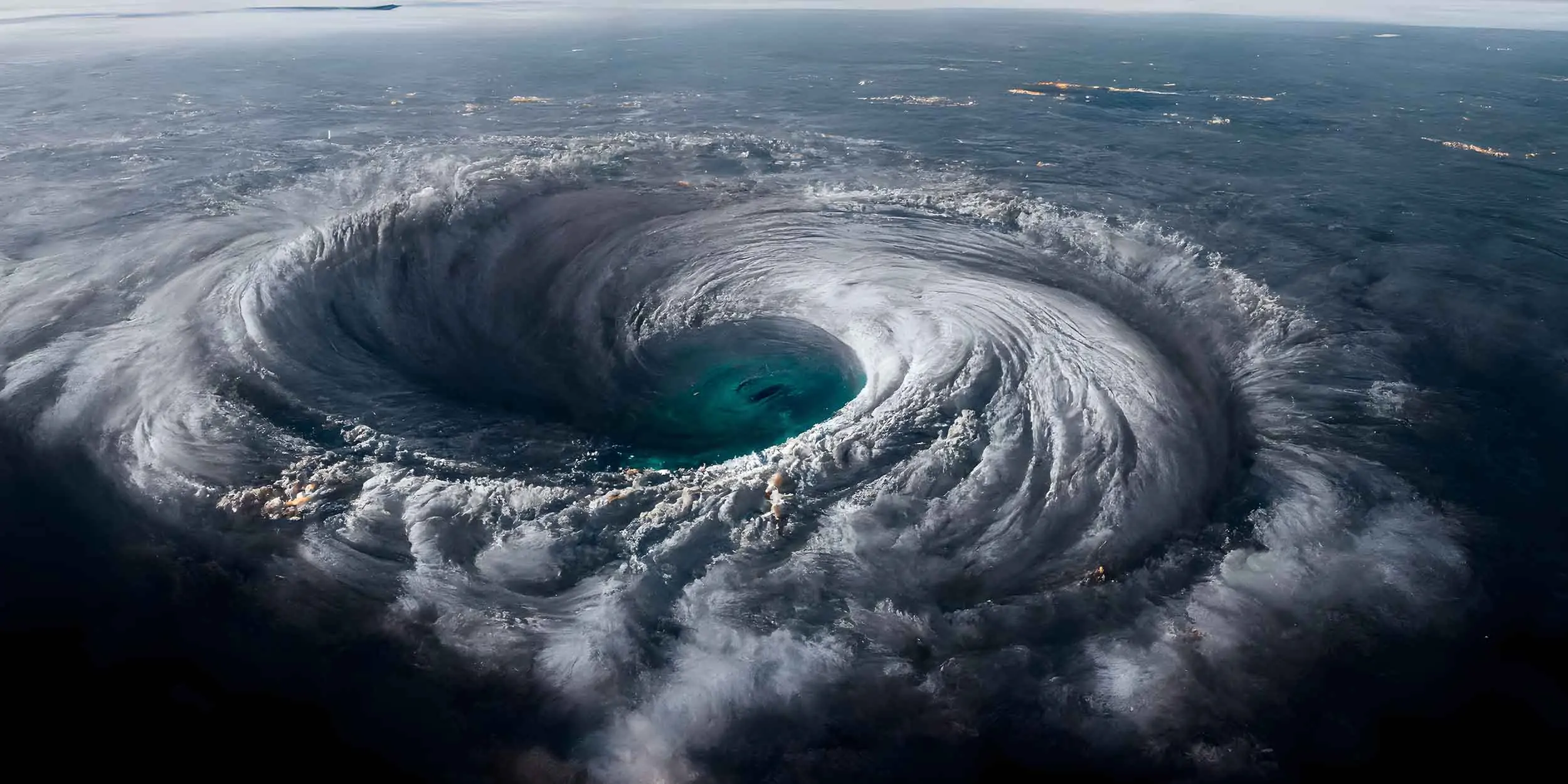Important Geophysical phenomena (earthquakes, tsunami, volcanoes, cyclones)
In News: On uncommon cyclones in the Arabian Sea
Why is there an increasing frequency and intensity of cyclones in the Arabian Sea? Give reasons.
The Arabian Sea side of the north Indian Ocean saw a 52 per cent increase in cyclonic storms from 2001 -2019, according to IISER.
Reasons for an increasing frequency and intensity of cyclones in Arabian Sea:
- Increase in sea surface temperature and ocean heat content: Due to global warming, sea surface temperatures over the Arabian Sea have increased by 1.2 to 1.4 degrees C in recent decades. Warming is seen not only in the top layers, but also in the deeper ocean layers known as ocean heat content.
- Variations in wind shear: Weakening of wind shear have contributed to the increasing intensity of storms in the Arabian Sea.
- Delayed monsoon: Delayed monsoon leaves the Arabian Sea more susceptible to cyclonic activity during peak periods of warm sea surface temperatures.
- Increased Moisture Content: Warmer oceans evaporate more water, leading to increased atmospheric moisture. This moisture can fuel intense rainfall and storm activity
- Climate change: Climate change is disrupting atmospheric circulation patterns,including changes in wind shear and atmospheric stability creating conditions that are more favourable for cyclone development.
The interplay of these factors can create a favourable environment for the development of cyclones in the Arabian Sea. This poses challenges for disaster preparedness and infrastructure resilience in countries like India, Pakistan and other countries bordering the Arabian Sea.
| PYQ : The recent cyclone on the east coast of India was called “Phailin”. How are the tropical cyclones named across the world? 2013Tropical cyclones are largely confined to South China Sea, Bay of Bengal and Gulf of Mexico. Why? 2014 |

